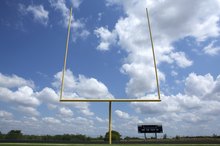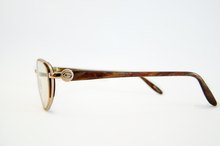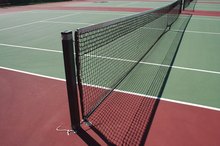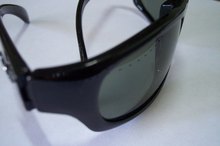What Is Out of Bounds on a Tennis Court?
In tennis, players lose points when they hit shots out of bounds. Different boundary lines apply to singles and doubles tennis, as well as to serves and other shots. The United States Tennis Association follows all International Tennis Federation rules regarding boundary lines.
The Lines
All boundary lines on the tennis court must contrast in color with the surface of the court. The center service lines and center marks on the baselines must measure 2 inches wide, and all other lines must measure between 1 and 2 inches wide.
Singles Boundaries
Official Dart Board Specs
Learn More
The singles tennis court measures 78 feet long and 27 feet wide. Though almost all courts have both singles and doubles sidelines, singles players should simply ignore the outer doubles sidelines at the far edge of the court. These lines have no relevance to singles play. Any shots that land behind the baseline or wide of the sidelines count as out of bounds.
- The singles tennis court measures 78 feet long and 27 feet wide.
- Any shots that land behind the baseline or wide of the sidelines count as out of bounds.
Doubles Boundaries
The doubles tennis court measures 78 feet long and 36 feet wide. The inner singles sidelines have no relevance to doubles play, except where they function as the outside edges of the service courts. Any shots that land behind the baseline or wide of the sidelines count as out of bounds.
Service Lines
Football Goal Post Measurements
Learn More
Each side of the court has a service line drawn parallel to the net and 21 feet away from it. The service lines extend only to the singles sidelines, not to the doubles sidelines. Center service lines divide the space between the net and the service lines into two equal service courts. Your serve must bounce in the service court diagonally opposite the side of the baseline from which you serve. When you serve from the right side of the baseline, for example, your serve must bounce in your opponent's right service court. A serve that lands in the wrong service court, behind the service line or outside the singles sidelines counts as out of bounds.
- Each side of the court has a service line drawn parallel to the net and 21 feet away from it.
- Your serve must bounce in the service court diagonally opposite the side of the baseline from which you serve.
Shots That Hit Lines
All boundary lines are drawn within the dimensions of the court, and belong to the part of the court whose edges they mark. The center service line belongs to both service courts. If a shot in singles play hits one of the singles sidelines or the baseline between the singles sidelines, it counts as in bounds. If a shot in doubles play hits the baseline or either doubles sideline, it counts as in bounds. If any serve hits the center service line, it counts as in bounds.
- All boundary lines are drawn within the dimensions of the court, and belong to the part of the court whose edges they mark.
- If a shot in doubles play hits the baseline or either doubles sideline, it counts as in bounds.
Related Articles
Writer Bio
Lisa Porter began writing professionally in 2009. She writes for various websites and has a Bachelor of Arts in English literature.









